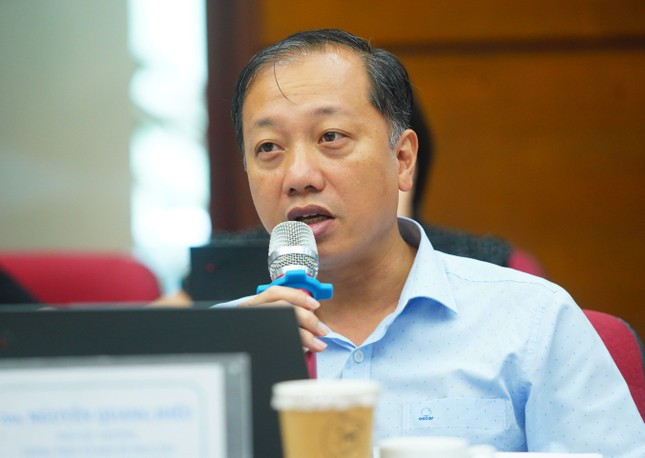At the “Sustainable Development of the Durian Sector” forum hosted by Tien Phong Newspaper on June 10, Vu Duy Hai, CEO of Vinacam, voiced concerns that Vietnam’s ambitious $3.7 billion durian export target is now at serious risk. Several shipments have been rejected by Chinese authorities due to excessive cadmium and yellow O residue.

Vinacam previously submitted a formal request to the Prime Minister’s Office to investigate the presence of cadmium in DAP fertilizers.
“We hope to work closely with regulators to address these pressing issues and contribute to practical policy solutions,” Hai stated. “Please don’t assume that our reports are attempts at unfair competition or internal business disputes, as was the case with the South Korean DAP incident.”
Hai also urged scientists and policymakers to propose comprehensive solutions to eliminate contamination at its source, in accordance with international market standards.
Responding to Hai’s remarks, Deputy Director Nguyen Quang Hieu confirmed that fertilizer overuse was a primary factor behind cadmium contamination in durian-growing regions. He added that the Department had received numerous complaints and has launched an investigation.

“We’ll release more detailed findings after completing our assessments,” Hieu said.
However, he cautioned against solely blaming DAP fertilizers. “In southern Vietnam, DAP is commonly used for various crops, not just durians. Furthermore, pH shifts in the soil, especially in the Mekong Delta, affect cadmium solubility. When floodwaters recede and pH drops - right during fruiting season - cadmium levels may spike.”
Hieu also pointed out that South Korean DAP only accounts for about 4% of Vietnam’s total DAP usage.
Additionally, Hieu questioned whether promoting excessive use of organic fertilizers is advisable. “In hundreds of fertilizer samples collected in the Mekong Delta, we found that organic fertilizers sometimes contain higher cadmium concentrations than inorganic ones,” he noted.
This is partly because some organic fertilizers are mixed with industrial sludge or other materials. While safe in regulated doses, overuse may leave behind heavy metals, exceeding safety limits.
Tam An